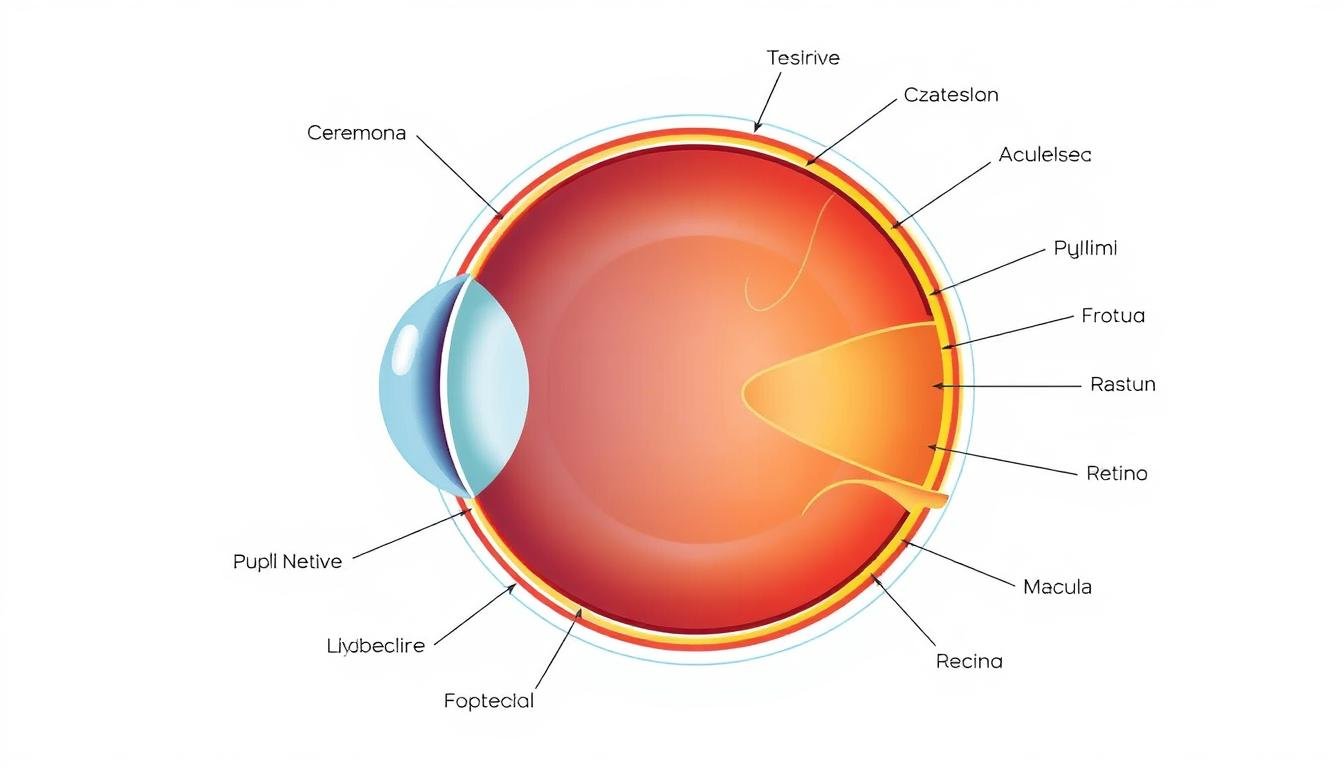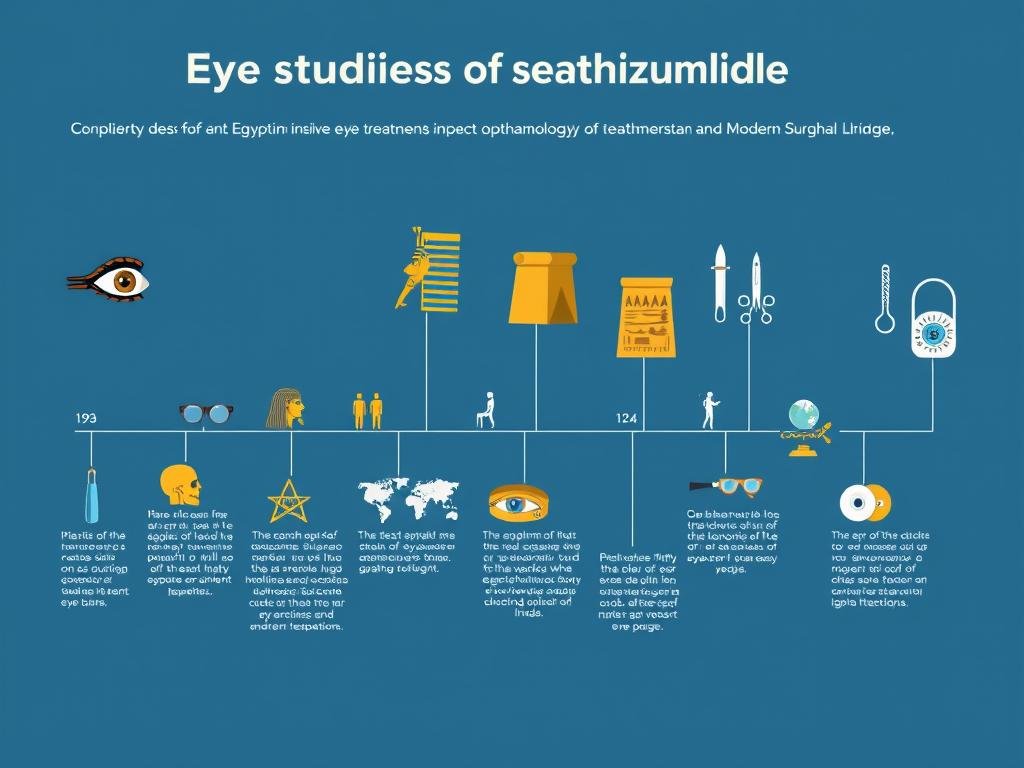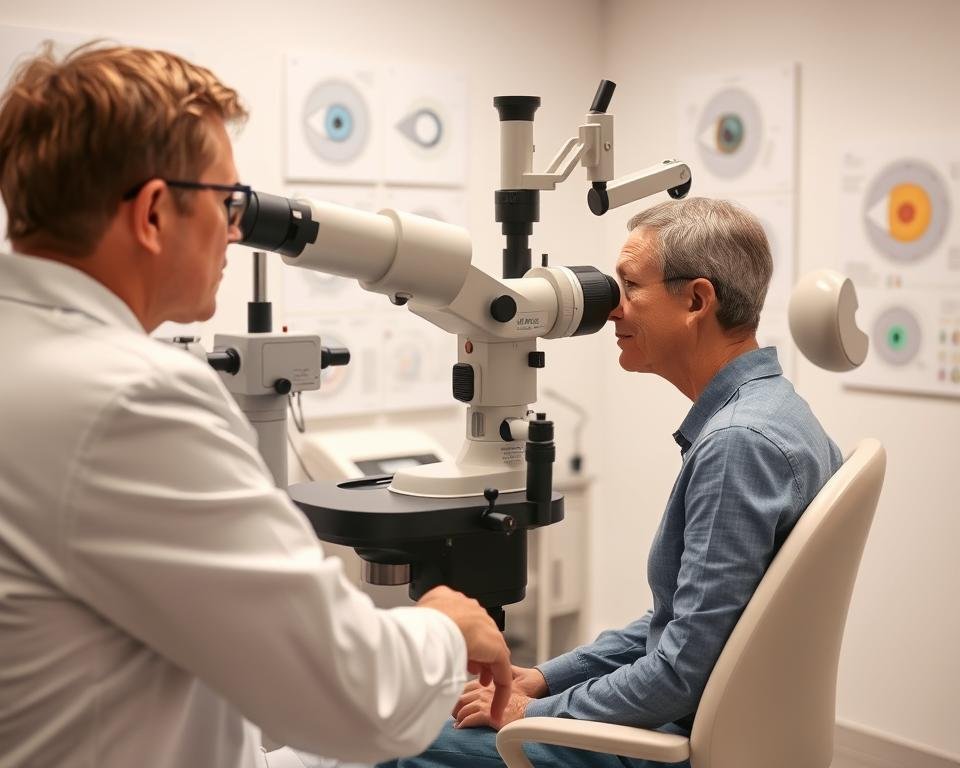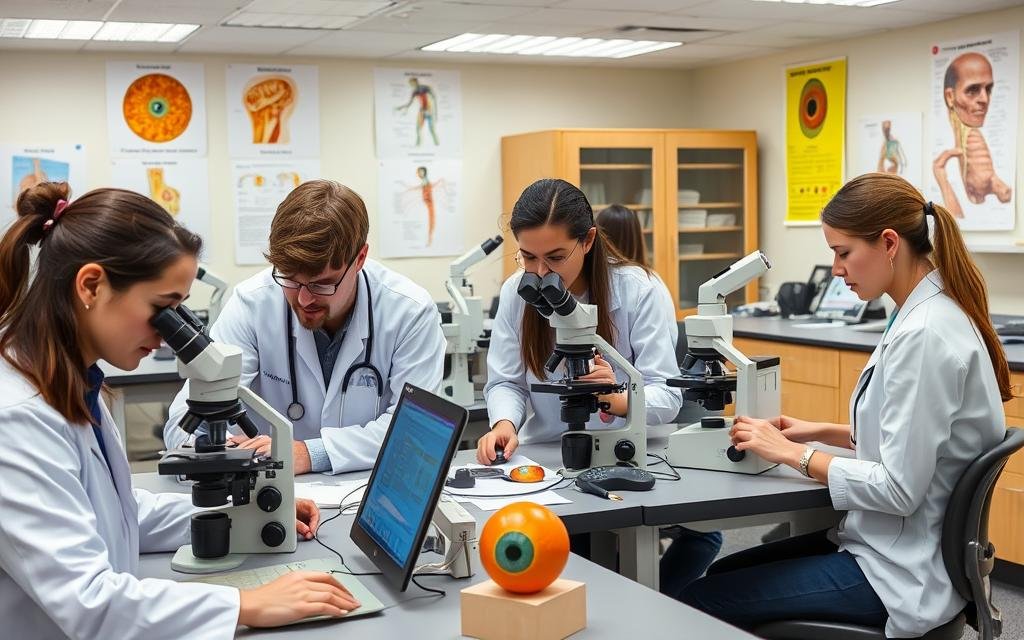The History of the Study of Eyes
The study of eyes dates back thousands of years. Ancient civilizations in Egypt, Greece, and India documented eye conditions and developed primitive treatments. Hippocrates described cataracts in 400 BCE, while ancient Egyptians recorded eye treatments on papyrus scrolls.
The 17th century marked a turning point when Anton van Leeuwenhoek and others used early microscopes to examine eye structures. By the 19th century, the ophthalmoscope invention revolutionized the field by allowing doctors to see inside the living eye for the first time.

The 20th century saw rapid advancement with the development of contact lenses, laser eye surgery, and sophisticated imaging technologies. Today, the study of eyes continues to evolve with artificial intelligence, gene therapy, and bionic eye research pushing the boundaries of what’s possible in vision care.
Explore the Rich History of Eye Studies
Discover how ancient knowledge evolved into modern eye care through our comprehensive historical resources.
Download Free Historical Timeline
Why the Study of Eyes Matters in Modern Science
The study of eyes holds immense importance in modern science and healthcare. Our eyes provide 80% of the information we receive about our environment, making vision preservation critical to quality of life. As populations age globally, the prevalence of eye conditions like cataracts, glaucoma, and macular degeneration increases, creating greater demand for specialized knowledge.
Medical Significance
Eyes often reveal signs of systemic diseases before other symptoms appear. Conditions like diabetes, hypertension, and autoimmune disorders frequently show early indicators during eye examinations. This makes eye studies crucial for early detection and management of many health conditions.
Technological Innovation
Research in vision science drives technological innovation across multiple fields. From artificial intelligence in diagnostic imaging to biomimetic designs inspired by eye structures, the study of eyes contributes to advancements far beyond ophthalmology.

Key Disciplines Within the Study of Eyes
Ophthalmology
The medical and surgical specialty focused on diagnosing and treating eye disorders. Ophthalmologists are medical doctors (MDs) who complete specialized training in eye care, including surgical procedures for conditions like cataracts and glaucoma.
Optometry
A healthcare profession focused on examining, diagnosing, and treating disorders related to vision and the visual system. Optometrists (ODs) provide primary vision care, prescribe corrective lenses, and manage certain eye conditions.
Vision Science
The scientific study of vision and visual perception, including how the brain processes visual information. This research-oriented field explores the fundamental mechanisms of sight and contributes to developing new treatments.

“The eye is the window to the soul, but for medical science, it’s also a window to overall health. The study of eyes provides unique insights into both ocular and systemic conditions.”
— Dr. Maria Chen, Professor of Ophthalmology
How to Get Started in the Study of Eyes
Embarking on a career in the study of eyes requires careful planning and education. Each path offers unique opportunities to contribute to vision care and research.
| Career Path | Education Required | Duration | Key Responsibilities |
| Ophthalmologist | MD + Residency + Optional Fellowship | 12+ years | Medical and surgical eye care, complex disease management |
| Optometrist | Doctor of Optometry (OD) | 7-8 years | Primary vision care, prescribing corrective lenses, managing certain conditions |
| Optician | Associate Degree or Certificate | 1-2 years | Fitting and dispensing eyeglasses and contact lenses |
| Vision Scientist | PhD in Vision Science or related field | 8-10 years | Research on visual function, perception, and eye disorders |

Recommended Undergraduate Courses
- Biology with lab components
- Chemistry (organic and inorganic)
- Physics focusing on optics
- Mathematics including statistics
- Psychology of perception
- Anatomy and physiology
Essential Skills for Eye Care Professionals
- Fine motor dexterity
- Strong communication abilities
- Attention to detail
- Empathy and patience
- Problem-solving aptitude
- Technological adaptability
Ready to Explore a Career in Eye Studies?
Get personalized guidance on educational pathways and career opportunities in ophthalmology, optometry, and vision science.
Request Career Information
Tools and Technologies Used in the Study of Eyes
Modern eye care and research rely on sophisticated equipment to examine, diagnose, and treat eye conditions. Familiarity with these tools is essential for anyone entering the field.

Slit Lamp Biomicroscope

Optical Coherence Tomography (OCT)

Fundus Camera
Beyond diagnostic equipment, the study of eyes increasingly incorporates artificial intelligence for image analysis, virtual reality for surgical training, and gene therapy technologies for treating inherited eye disorders. Staying current with technological advances is crucial for professionals in this rapidly evolving field.

Embarking on Your Journey in the Study of Eyes
The study of eyes offers a rewarding path for those fascinated by the intricate workings of vision and passionate about improving people’s lives through better sight. Whether you’re drawn to the surgical precision of ophthalmology, the patient-centered care of optometry, or the groundbreaking research in vision science, this field provides diverse opportunities to make a meaningful impact.
As technology advances and our understanding of the visual system deepens, the need for dedicated professionals in eye care continues to grow. By starting with the foundational knowledge presented in this guide and pursuing further education, you can join the ranks of specialists working to preserve and restore one of our most precious senses.

Begin Your Career in Eye Studies Today
Take the first step toward a fulfilling career in ophthalmology, optometry, or vision science. Our comprehensive resources and expert guidance will help you navigate your educational journey.
Download Complete Career Guide











